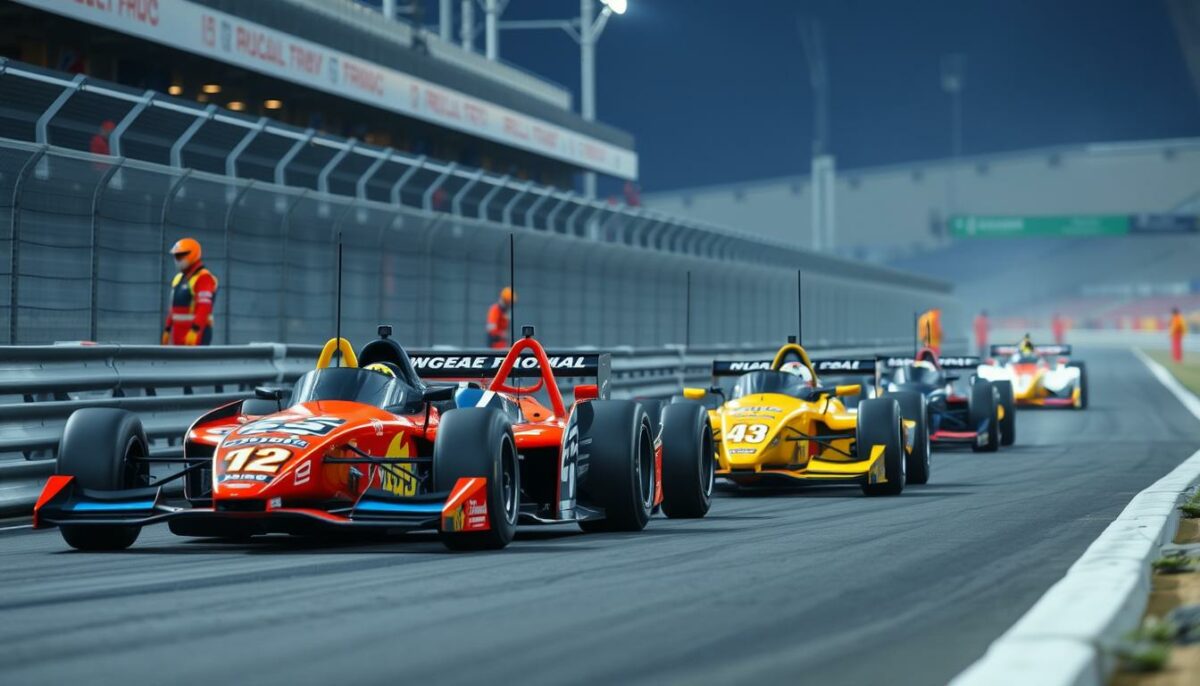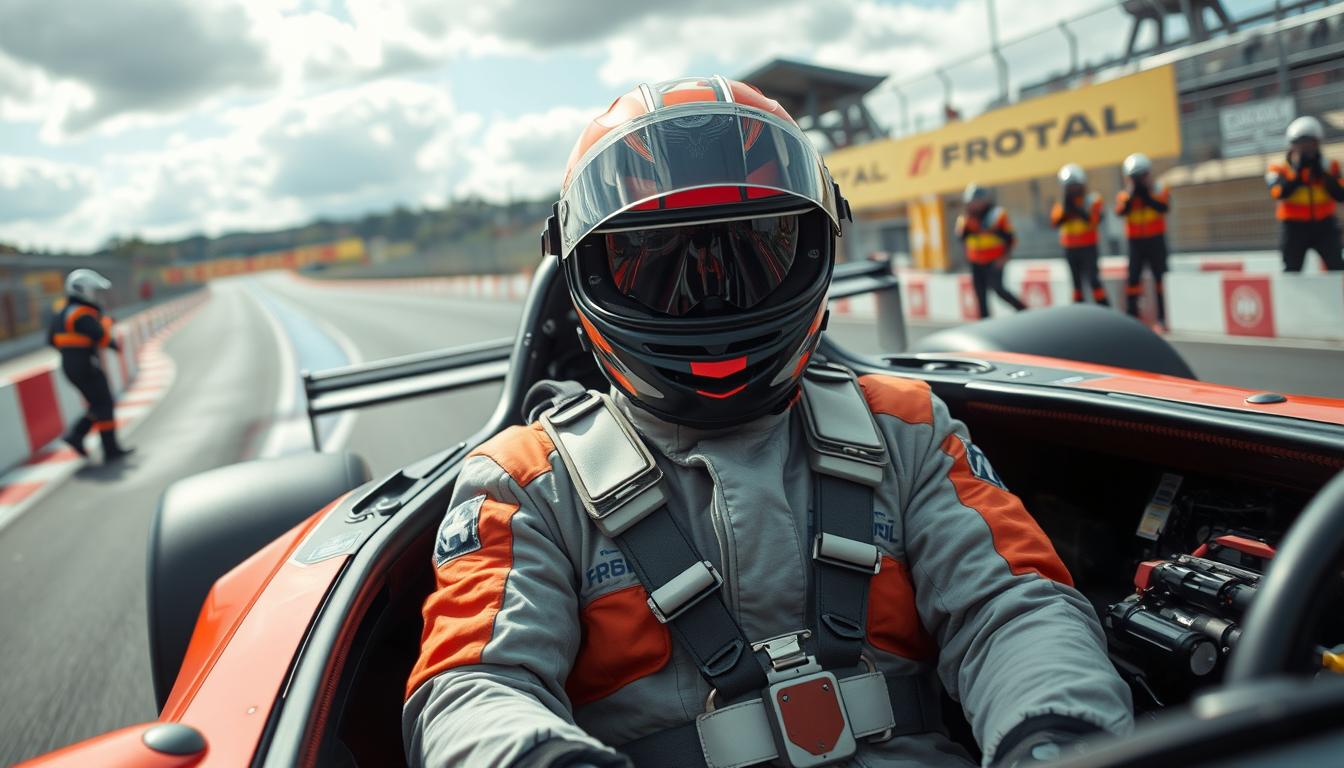In the fast-paced world of motorsport, safety first is not just a mantra; it’s a vital commitment that ensures the protection of drivers, spectators, and officials alike. Racing regulations serve as the cornerstone of this commitment, laying down the essential safety protocols that uphold the integrity of race track guidelines. Organizations like the FIA and NASCAR have established comprehensive frameworks to address vehicle safety standards, driver safety measures, and more. Understanding these regulations is crucial for fostering a secure environment during high-stakes events.
The Importance of Racing Safety Regulations
Safety regulations in racing hold significant value, providing essential protections for drivers and enhancing the overall quality of racing. These regulations have evolved dramatically, influenced by past tragedies that underscored the need for stringent safety measures. Understanding this evolution gives insight into how safety regulations directly correlate with driver safety statistics and the effectiveness of safety measures implemented over time.
Why Safety Regulations Matter
The importance of safety regulations becomes particularly apparent when considering the risks associated with motorsports. These regulations serve to minimize hazards on the track while promoting competitive integrity. By enforcing strict guidelines regarding equipment, track conditions, and driver conduct, racing authorities aim to protect participants and maintain fair competition.
Historical Context of Racing Safety
Racing history is marked by pivotal moments that highlighted the necessity for robust safety measures. Notable disasters, such as the 1952 Le Mans tragedy and the tragic passing of Ayrton Senna in 1994, brought urgent attention to the need for improvement. Such incidents prompted the implementation of advanced safety features, including HANS devices and enhanced crash test standards, radically changing the landscape of racing safety.
Impact on Driver Performance
Driver safety statistics indicate a positive correlation between safety measures and driver performance. When drivers feel secure, their focus sharpens, enabling them to perform at higher levels. This improved psychological state contributes to more exciting and competitive races, reinforcing the crucial role that the importance of safety regulations plays in the realm of motorsports.

Safety First: Understanding Our Racing Regulations
Establishing a safer racing environment relies heavily on a few key racing components. These components detail the safety requirements for vehicles and drivers alike, while ensuring that tracks are capable of handling unexpected situations. Organizations like the FIA play a crucial role in applying and monitoring these regulations.
Key Components of Racing Regulations
Several elements make up the backbone of racing regulations, emphasizing safety and fairness. These components include:
- Driver Attire: Helmets, fire-resistant suits, gloves, and shoes protect racers from potential hazards.
- Vehicle Modifications: Regulations dictate structural reinforcements and safety features such as roll cages and fuel cells.
- Track Safety Features: Barriers, runoff areas, and proper emergency personnel accessibility are vital to minimizing risks.
Compliance and Enforcement Measures
Ensuring compliance in motorsports demands rigorous enforcement of racing regulations. This process includes a variety of mechanisms:
- Technical Inspections: Regular checks confirm that vehicles meet safety standards before participation.
- Licensing Procedures: Drivers undergo assessments to ensure they possess the required skills and knowledge of safety practices.
- Penalties for Non-Compliance: Governing bodies impose fines, suspensions, or disqualification to maintain safety and competitiveness.
Safety audits help track the efficacy of these measures, pushing the envelope in evolving regulations to improve safety outcomes and uphold the integrity of motorsport events.

Innovations in Racing Safety Technology
The landscape of racing safety technology has seen remarkable transformations over the years, driven by a commitment to safeguard drivers while enhancing the competitive spirit of the sport. One of the most significant developments is the reinforced cockpit, designed to withstand intense impacts and protect the driver from injury. Accompanied by advanced telemetry systems, these innovations in motorsports allow for real-time data tracking, enabling teams to monitor vehicle performance and driver condition during high-speed races.
Furthermore, the improved rollover structures introduced in modern race cars significantly contribute to driver safety. These structures are meticulously engineered to absorb the forces during a crash, greatly reducing the risk of injury. Alongside these engineering feats, there has also been a notable shift in the evolution of personal protective gear. Today’s drivers benefit from fire-resistant suits that not only provide thermal protection but are also designed for comfort and mobility, alongside helmets that include integrated communication systems to keep drivers connected during the race.
As the sport evolves, the commitment to innovation remains steadfast. Continuous research and development in racing safety technology are crucial to reducing injury risks and making the racetrack safer for everyone involved. With each advancement, the realm of crash safety technologies becomes more sophisticated, showcasing the industry’s dedication to blending safety with performance, ensuring that drivers can push their limits with a higher degree of security.

